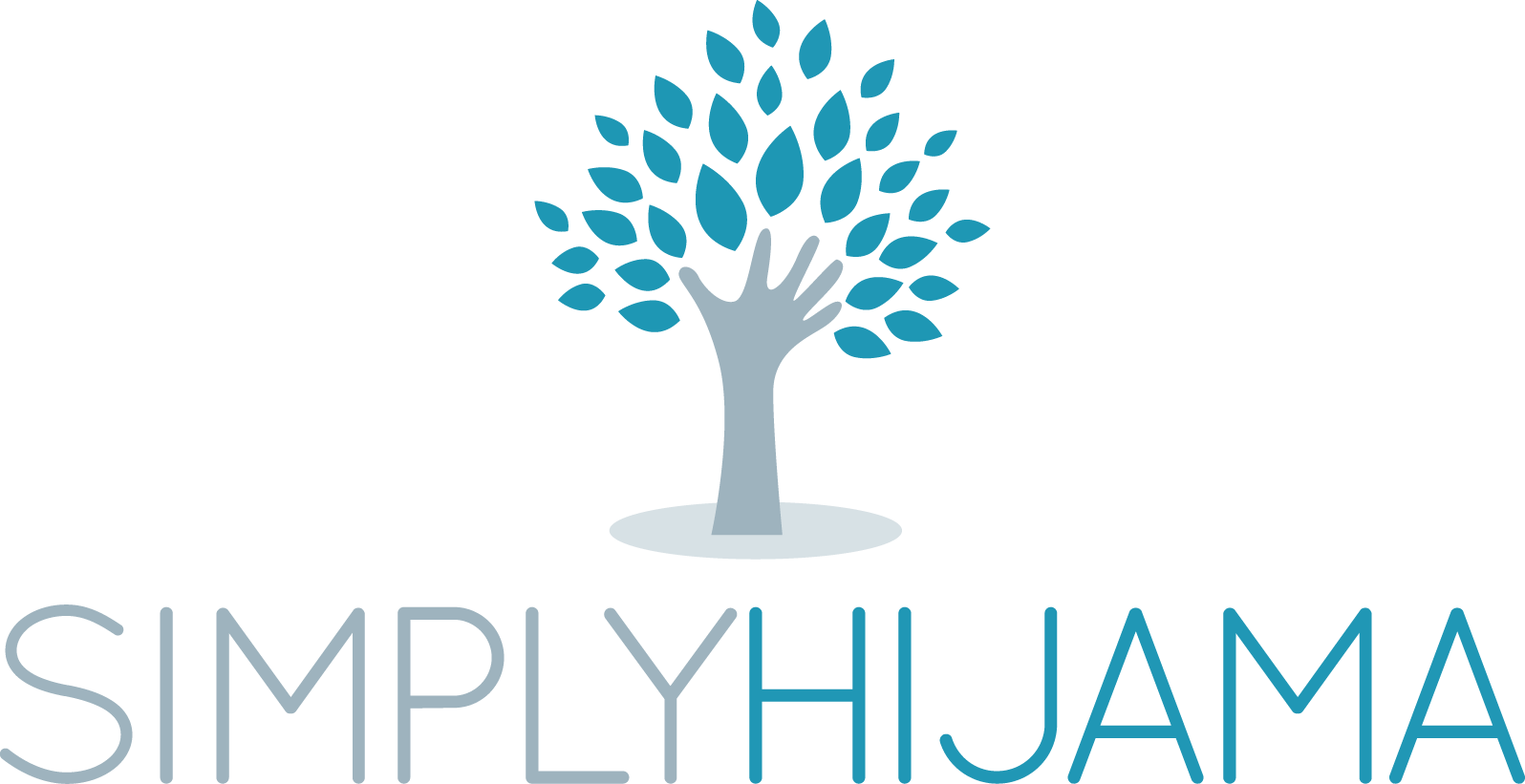
Hijama has been the subject of intrigue in recent times, specifically Dry Cupping, which is an alternative form of Hijama; used by athletes and sportsmen alike.
So, what is Hijama?
The literal meaning of Hijama is ‘sucking’. Hijama is a therapy in which a vacuum is created between the skin and a cup apparatus. This suction creates a negative pressure, allowing stagnant blood in the surrounding areas to be drawn to the area of the vacuum.
Once the vacuum is released, small superficial scratches are made on the skin to drain this stagnant blood.
There are various methods and apparatus used to create the vacuum and break the skin barrier, such as the use of fire, bamboo cups, lancets, even animal horns.
‘Hijama’ is generally used to refer to wet cupping, the process mentioned above. This is the form used by the Prophet (sallallahu alahi wasallam).
Narrated Anas bin Malik (radiyallahu anhu) that the Messenger of Allah (sallallahu alaihi wasallam) said: I did not pass by an assembly of Angels on the night that I was taken on the night journey (lailatul israa), except that they said: Oh Muhammad, order your nation with Cupping (to use cupping as a treatment).
Saheeh Sunan ibn Maajah 3479
There are also two other forms of beneficial cupping:
1. Dry Cupping Cups are applied to affected areas of the body and a vacuum is created. The cups are left on the skin for a certain amount of time and then removed. This type of application, is a form of pain relief as well as relieving stagnation in the applied area.
2. Moving Cupping Oil is applied to an area of the body, and a light vacuum is then created between the cup and the skin. The cup is then glided in strokes or circular motions around the area. This method relieves pain, stress, stagnation, and improves blood circulation.
Cupping has been practiced all over the world, for many centuries. It is still practiced in many countries and is making a big come back in the West in recent years, where its practice had declined completely. Prior to the early 1900s, you could visit the Barber Shop for a haircut and Hijama session! It had been a popular therapy up until this point, after which it started to decline when modern medicine began to take center stage and antibiotics became man’s best friend.
Are you thinking of having Cupping Therapy?
Cupping can be an effective therapy when it is applied safely and correctly. It is important to find a qualified practitioner trained to a high level of expertise. Do not allow any Practitioners, whose certification you find questionable, to perform Hijama on you.
As Hijama is a treatment in which the skin barrier may be broken, it is extremely important that practitioners are trained correctly to perform Hijama, adhering to health and safety regulations. If the regulations are not safeguarded, this can lead to cross contamination of blood born viruses and infections.
The type of cupping and number of sessions required will vary from patient to patient; depending on their medical history, symptoms and conditions. A well trained and experienced practitioner will be able to create an appropriate treatment plan determine the best course of action; as no two patients are the same!
When you are looking for a Hijama practitioner, you should ask the following questions:
· Which training school did they qualify with?
· Do they have a certificate they can show you?
· Do they have public liability insurance? (although this is not mandatory, it validates the course the Practitioner has studied).
· How many years have they been a Hijama practitioner?
· Do they have experience with your condition/symptoms?
Also, testimonials from their previous patients will give you a fair idea of the kind of experience you will receive.
Warning signs:
If you come across any of the following practiced by a Hijama practitioner, do not go ahead with any treatment with them and report them to their qualifying training school or profession association.
· Reusing plastic Hijama cups
· Questionable hygiene practices
· Use of razor blades
· Not using sharps containers for surgical blades
· Not using clinical waste bags for Hijama wastes
· Performing Hijama on more than one person at a time
· Children being present in the treatment room
Are you thinking of becoming a Hijama Practitioner?
As the awareness of Cupping Therapy has been rising in the last decade, the demand of practitioners has also been rising. This has led to an increase of people interested in learning it; either to provide it as a treatment for their family and friends, or to open their own Practice. Due to a lack of Training Schools, people were learning Hijama casually from practitioners and even from videos on the internet. There was no systematic education for Hijama Therapy. The very little Hijama training that was around, was a good starting point but insufficient at best. Now, there are several reputable Hijama course providers who provide comprehensive training.
